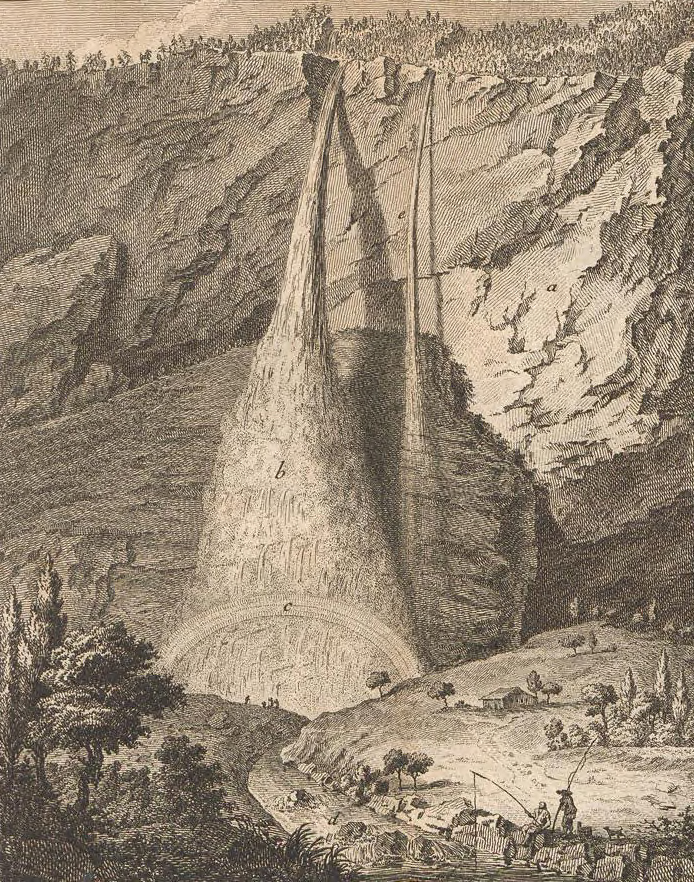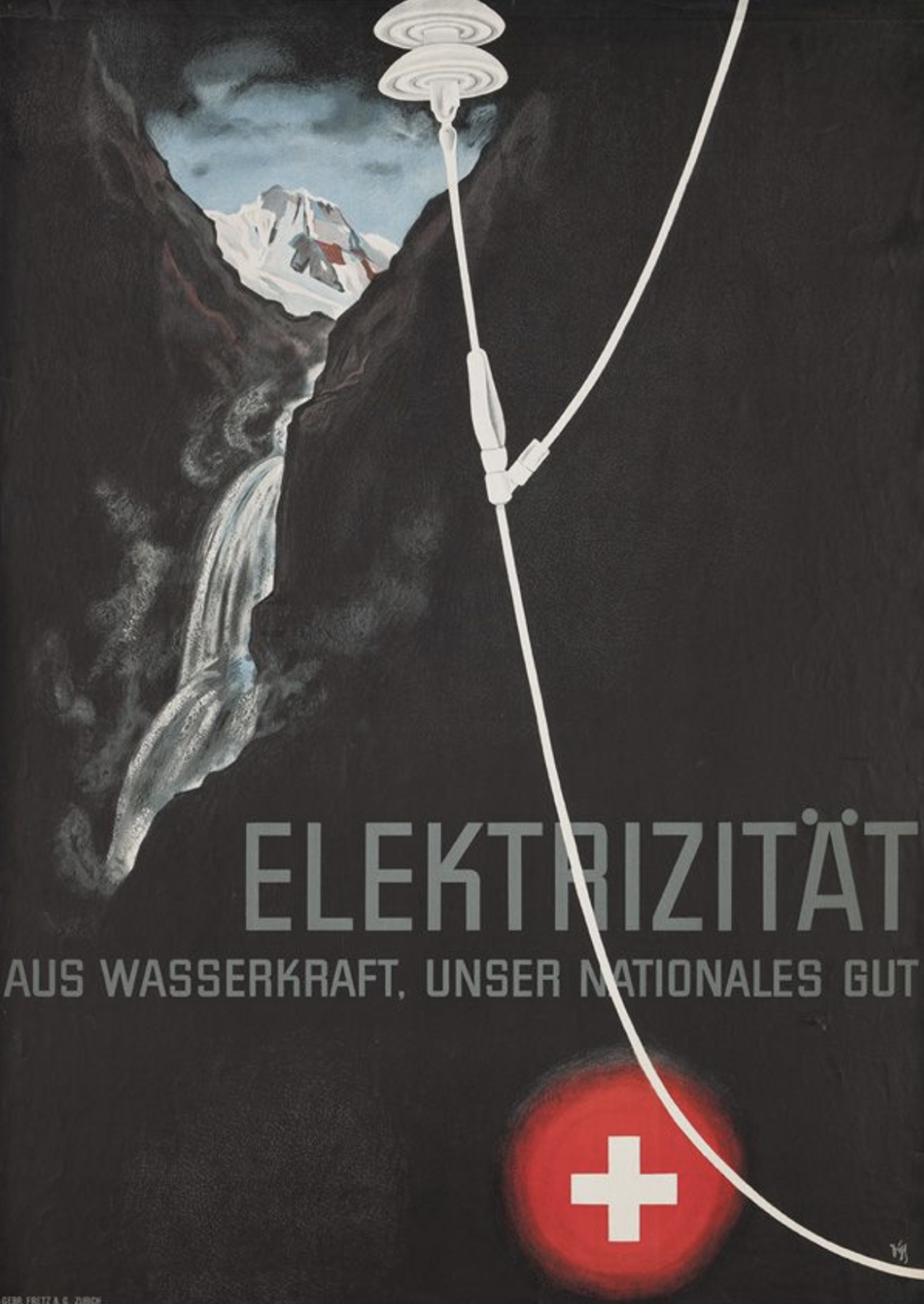PAST TALKS 2022
15 March 2022
Pastoral Glaciers of the Rhône Valley:
Nineteenth century instruments for political, economic, and scientific practices
TATIANA CARBONELL GUILLON
ETH Zurich, gta/LUS
Respondent:
Rafico Ruiz
CCA
 Histoire
Naturelle des Glacieres de Suisse , 1770 © Gottlieb Sigmund Gruner
Histoire
Naturelle des Glacieres de Suisse , 1770 © Gottlieb Sigmund GrunerFor a long time, glaciers were a curiosity for explorers. These entities were the source of great controversy because there were no explanations for their existence or even the capacity to measure them. Many naturalists in the 19th century believed that the ice reached the top of the mountains in a huge flood, as a possible heritage of biblical images or scientific traditions that connected glaciers movements with those of the oceans.
However, in 1822 Ignace Venetz –a Valais cantonal engineer– first presented at the Swiss Society of Natural Sciences his ideas that glaciers were the remanent of a much larger mass of ice, that once covered the entire Alps. Certainly not by accident a local engineer revolutionized science by coming up with such disruptive ideas. His conclusions come from outside scientific conventions but from infrastructure projects that he led in the Rhone River basin. Ultimately this proposal promoted the development of climatology as a discipline in the making.
The research focuses on the connection of specific landscape ideas and the knowledge production within this event. The pastoralization of glaciers provided a favorable setting for the understanding and manipulation of these natural objects, considered as a system of hydraulic forces. This aesthetic notion was also linked to a Swiss transitional process from a cantonal and local government to a central and national one, which meant a shift territory’s dominance.
In this context, the Ice Age theory becomes important because it enables the possibility of a history of climate. This phenomenon was considered no longer as a given cyclical event but as a historiographic matter. What is the past of the alpine landscape?
Night Visions:
Electricity and Transformation of the Swiss Pastoral Nocturne
CHASE GALIS
ETH Zurich, gta/LUS
ETH Zurich, gta/LUS
Valeria Téllez Niemeyer
UQAM, Université du Québec Montreal

Alex Walter Diggelmann, Elektrizität aus Wasserkraft, 1936.
Zürcher Hochschule der Künste / Museum für Gestaltung Zürich / Plakatsammlung
In the early decades of the 20th century, the expansion of Swiss electrical infrastructure continued to spread beyond city centers into remote areas of the countryside. Electric light attracted attention as the primary visual symbol of this new infrastructural network and, for this reason, was elevated to serve as a tool for promoting and contextualizing modern electrical advancements within an established image of the Swiss landscape—one characterized by pastoral tradition and its uncompromised natural state.
This research tracks the infrastructure and effect of electric light against the rhetorical strategies developed for its promotion to investigate the tension between two competing national interests: the iconic representation of the Swiss landscape in its pastoral state and the promotion of social and material conquest with the rapid expansion of infrastructural networks. In this environmental conflict, electric light was utilized as a form of promotional media for electricity as well as a device for the naturalization of its own supporting infrastructure, in effect molding two competing interests into a cohesive vision of the territory.
Shifting attention to rural locations and remote landscapes requires an elongated period of focus beyond what is typically considered to be the most radical turn in the history of Swiss electrification (c. 1880-1914). This extended timeline allows for consideration of complex and often asynchronous socio-technical negotiating processes—many of which not activated until the early postwar period. Through these decades, many public, bureaucratic, and institutional bodies participated in a series of exchanges across the technology of electric light to renegotiate national values entangled in the consequences of electrification.